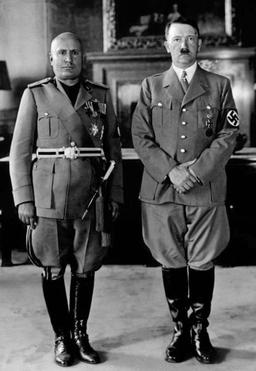
Russian Revolution and Years of Crisis
Quiz by Erica Isbell
Feel free to use or edit a copy
includes Teacher and Student dashboards
Measure skillsfrom any curriculum
Measure skills
from any curriculum
Tag the questions with any skills you have. Your dashboard will track each student's mastery of each skill.
With a free account, teachers can
- edit the questions
- save a copy for later
- start a class game
- automatically assign follow-up activities based on students’ scores
- assign as homework
- share a link with colleagues
- print as a bubble sheet
45 questions
Show answers
- Q1What was one difference between the Bolsheviks and the Mensheviks?The Mensheviks wanted capitalism.The Mensheviks supported the ideals of Czar Alexander II.The Mensheviks practiced the Russian Orthodox religion.The Mensheviks were more moderate.300s
- Q2Why was it a mistake for Nicholas II to get involved in World War I?Rasputin had warned against it.Germany wanted to sign an alliance with Russia.Japan had invaded Russia in the east.Russia was unprepared to handle it militarily and economically.300s
- Q3Why were many of the Russian people attracted to Lenin and the Bolsheviks?The Bolsheviks promised peace, land, and bread.The Bolsheviks set up schools for the peasants.The Bolsheviks thought religion should be abolished.The Bolsheviks wanted the czar to stay in power.300s
- Q4How did Russia’s economy change from 1921 to 1924?Steel became the country’s main product by 1924.Agriculture was more important than manufacturing by 1924.Private ownership of property was abolished by 1924.Women were allowed to work in factories by 1924.300s
- Q5Why was Leon Trotsky no longer a threat to Stalin’s rise to power?Trotsky was executed.Trotsky was given command of the military.Trotsky was made a bishop in the church.Trotsky was forced into exile.300s
- Q6What is the overall goal of indoctrination and propaganda?to mold people’s minds into a certain way of thinkingto increase the number of products manufactured in factoriesto restrict private ownership of land and propertyto help everyone have an equal opportunity for work300s
- Q7What did Stalin want to accomplish with the Great Purge of 1937?He wanted to eliminate any opposition.He wanted to remove religion from the country.He wanted to rid the country of famine.He wanted to abolish private property ownership.300s
- Q8What was the main drawback of Stalin’s Five-Year Plans?They increased the country’s national debt.They limited the production of consumer goods.They lowered the country’s overall exports.They decreased the pay workers received.300s
- Q9What caused young people in Stalin’s Russia to want to attend university and technical training?They didn’t want to get sent to Siberia.They didn’t want to work on the collective farms.They didn’t want to work in factories.They didn’t want to have their property taken away.300s
- Q10Sort each statement into the true or false categories.Users sort answers between categoriesSorting300s
- Q11Place each statement about Stalin's rule in the proper true or false category.Users sort answers between categoriesSorting300s
- Q12Which group decides what is produced in a command economy?private business ownersgovernmentconsumersfactory workers300s
- Q13Which of the following was true of Sigmund Freud’s theories?They weakened the faith that people had in reason.They had a limited influence on society.They replaced Isaac Newton’s beliefs of a world that operated on absolute laws.They were not as revolutionary as those of other scientists.300s
- Q14Which of the following correctly describes the beliefs of the existentialists?Western society had lost its spiritual values.Life was meaningless, and moral values and principles should be rejected.Each person created his or her own meaning in life through choices made and actions taken.People should return to the ancient heroic values of pride, assertiveness, and strength.300s
- Q15In which of the following ways did many women change after World War I?Many women returned to having longer hairstyles.Many women spoke out for greater freedom in their lives.Many women no longer desired to have a job outside of the home.Many women wore more restrictive clothing.300s